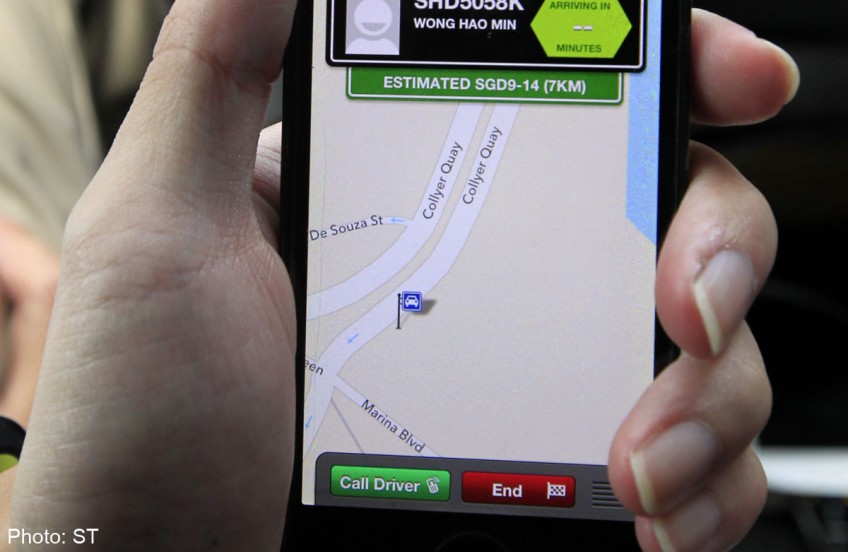All hail the rise of taxi-booking apps

It was over three years ago when I first encountered the concept of a third-party taxi-booking app. It was a liberating concept. It also answered the question: Why let the cab company dictate which cab gets assigned to the passenger - and vice versa - when drivers and passengers can find one another easily through just GPS and a smartphone app?
This wasn't an early form of Uber or Grab Taxi. It was a beta Android app called Virtual Hailing, created by a group of Temasek Polytechnic final-year students.
I did not hear about the app again. But that doesn't mean it was created in vain. If nothing else, it gave us a taste of the barrage of car and taxi apps that would later hit Singapore and change the way people here book their rides.
There are now many third-party taxi-booking apps - the list includes Uber, GrabTaxi, Easy Taxi and latest entrant Hailo. Booking a taxi, which used to take me 10 minutes even when cabs are plentiful, is today an under-a-minute chore (with GrabTaxi). Kiasu users can even launch multiple apps at the same time.
In the past, there was only Comfort Delgro to choose from, because it operated the largest taxi fleet in Singapore. Today, you can get access to cabs from different companies, big and small - because any cab driver can use the apps.
And thanks to car matchmaking apps, even private car-leasing companies such as Uber and GrabTaxi can now reach out to the public. For commuters, such apps are spelling more convenience as available rides increase.
The disincentives for cab drivers to take calls have also been removed. With traditional phone bookings, drivers could see only the pick-up location of the passenger but did not know where he was headed to. Such uncertainties caused many to ply the roads for flag-down fares because they could look for passengers who were going in the same direction as they were.
Through the apps, not only do they have more bookings to choose from, they are also getting incentives to pick up passengers as app companies reward drivers to build their market share. For cabbies from smaller companies, the playing field is now levelled.
One of the best features of Uber is the ability for passengers to rate drivers and vice versa. Uber even takes the extra step to ban drivers and passengers who get consistently bad scores and reviews. One of the grouses I often hear from cab drivers who hate taking calls is that passengers are gone by the time they reach their destinations, often because they managed to flag down cabs before their booked cabs arrive.
A rating system is a signal to the driver on whether the passenger is likely to stay and wait for the booked ride. For passengers, it also means better service quality as their feedback can affect the reputation of the driver.
It is clear that these third-party apps have disrupted the traditional taxi-booking service here.
Last week, the Land Transport Authority (LTA) decided to step in to regulate these new taxi apps. LTA said it will introduce new regulations from the second quarter of next year that will require these apps to register with LTA. Booking fees charged by the apps cannot exceed those of regular cab companies. The taxi apps must not force passengers to list their destinations and bidding will be prohibited.
It is inevitable that the unregulated state of affairs will end. Uber was hit by bad press recently, after a company executive threatened to declare war on journalists who are too critical of the company.
There are also privacy fears, given that app companies could misuse information about the location of their users. There are also concerns regarding the safety of passengers when it comes to non-regulated cabs.
But like music-sharing pioneer Napster, which revolutionised the way people discover and listen to music, these taxi-booking apps have brought about a new way of life for which there is no going back.
The rules may change, but the Ubers and GrabTaxis are here to stay.
ginlee@sph.com.sg

This article was first published on Nov 26, 2014.
Get a copy of Digital Life, The Straits Times or go to straitstimes.com for more stories.